Malta
This selection from the Maltese series investigates the complexities of the ever-changing cultural landscape of Malta throughout the millennia.
Għar Dalam, translating to the “Cave of Darkness,” revealed the earliest known inhabitants of Malta, prehistoric animals and the remains of neolithic people

The Agatha Catacombs reveal burial practices of the early inhabitants of the island.

Temple Ruins at Ta Ċenċ Plateau have signs that point to their usage as a celestial observatory, and are currently under threat of being demolished for the construction of a golf course.
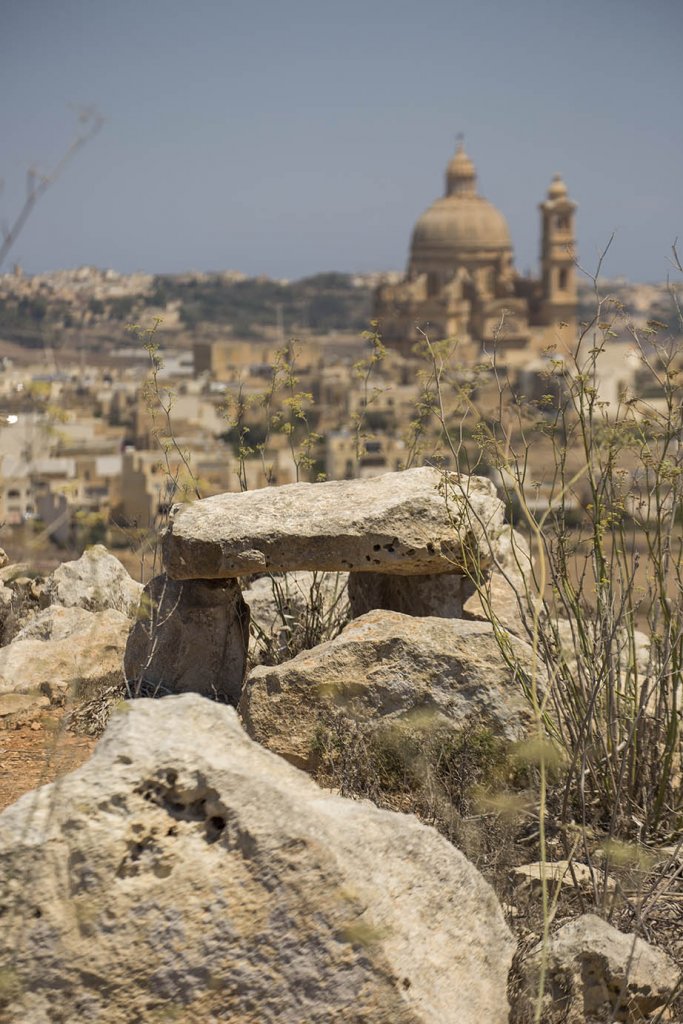
Bronze-aged ruins juxtapose with a modern Church.
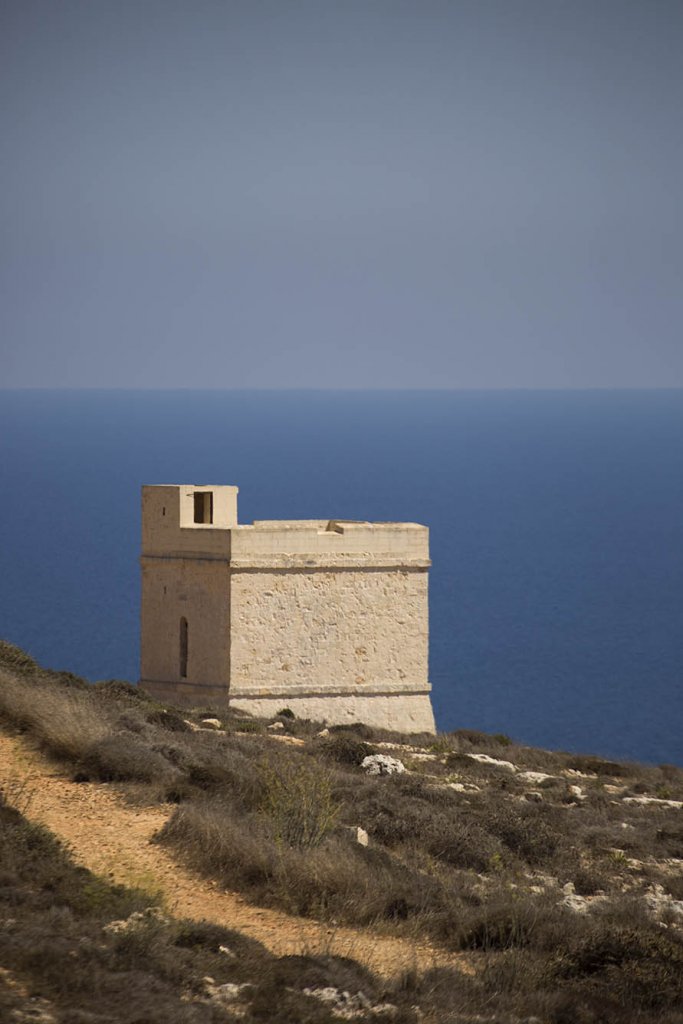
Built during the 17th century, the Knights of Malta constructed watchtowers to aid in Malta’s defense.

An aerial view of Mdina, Gozo, reveals the fortification’s turbulent past.
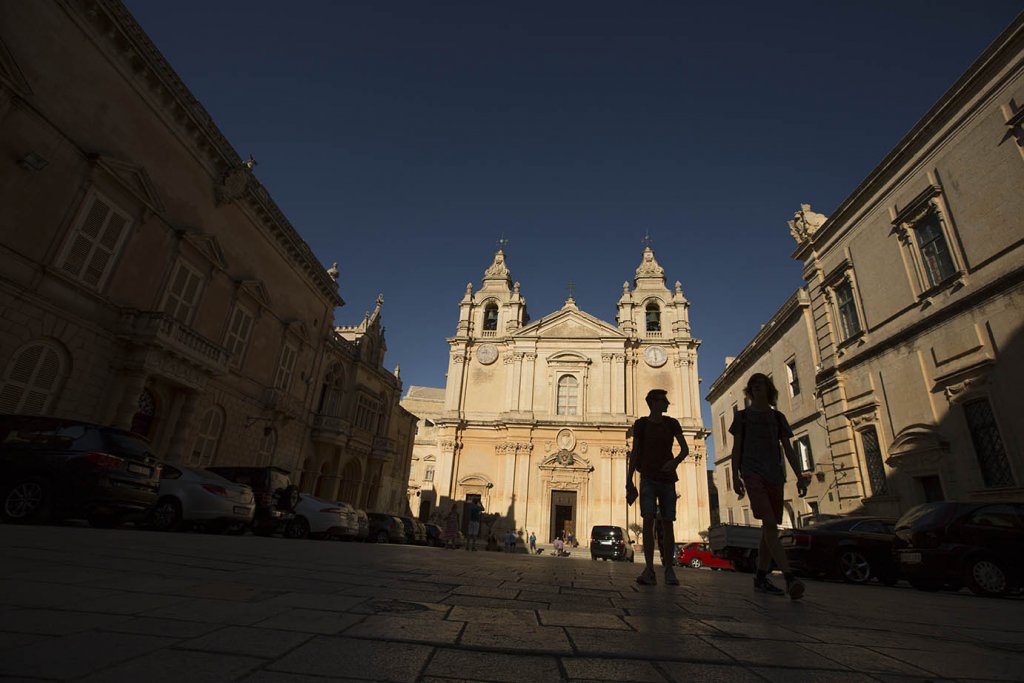
Catholic churches now dominate many of Malta’s cities.
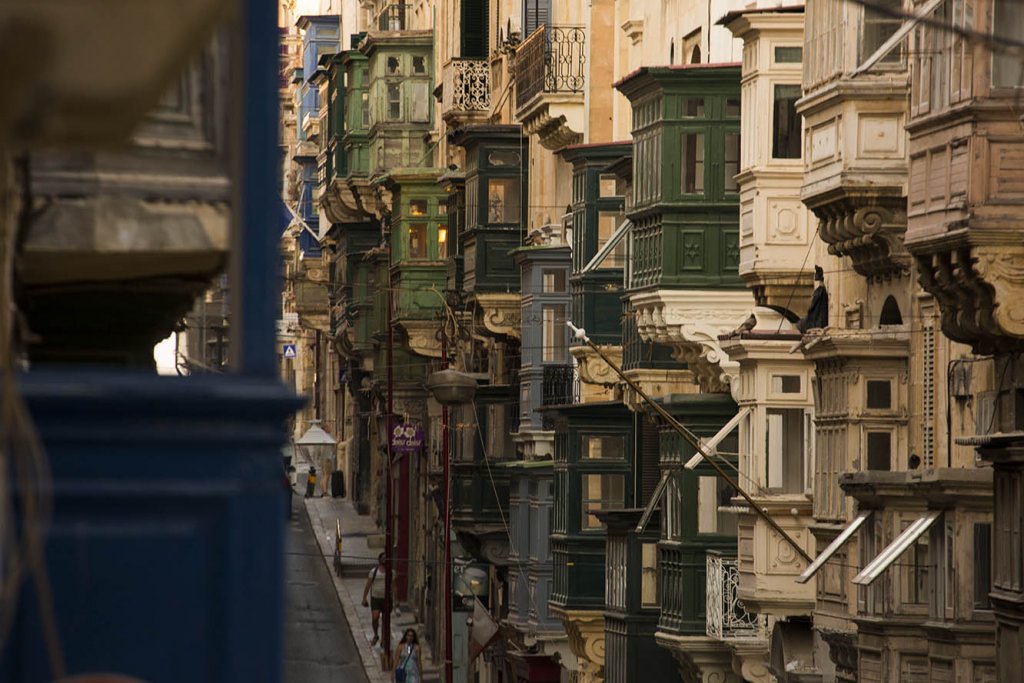
Influence from the middle east can be seen in Malta’s domestic architecture.

Valletta’s modern Triton Fountain departs stylistically from its traditional architecture.
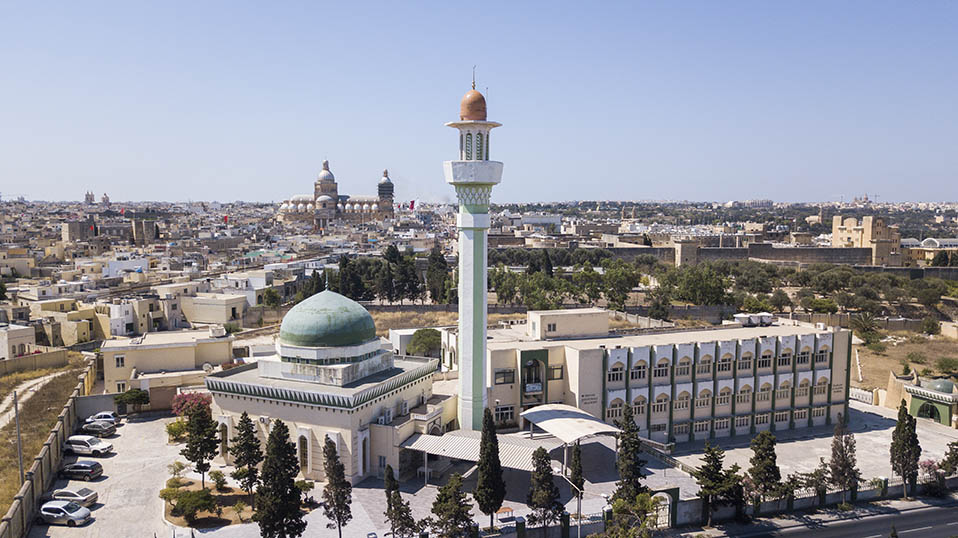
Having once ruled the island and subsequently being overthrown by Christianity, Islamic thought is permeating back onto the island, with the construction of its first mosque in many centuries.
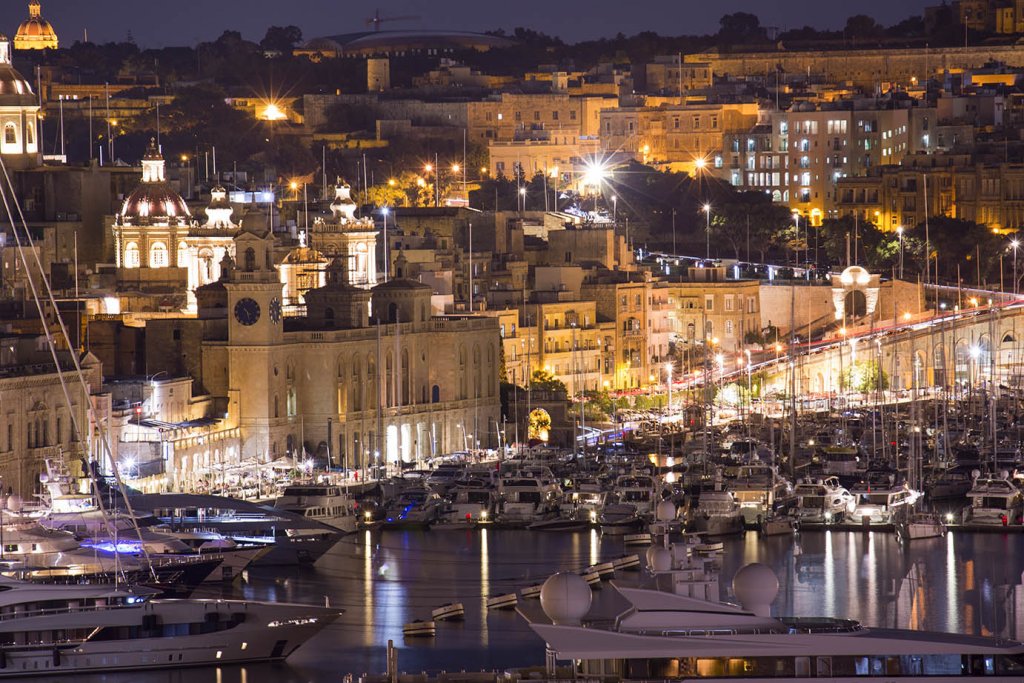
Modern yachts and ancient city walls intermingle in Senglea.

Modern Gozitans interact with the ancient city of il-Rabat on the island of Gozo.

The local Festa of Gharb, Gozo, continues the legacy of centuries of dedication to their patron saint of Our Lady of Saint Elizabeth, and culminates into days of celebration, decoration, and music.